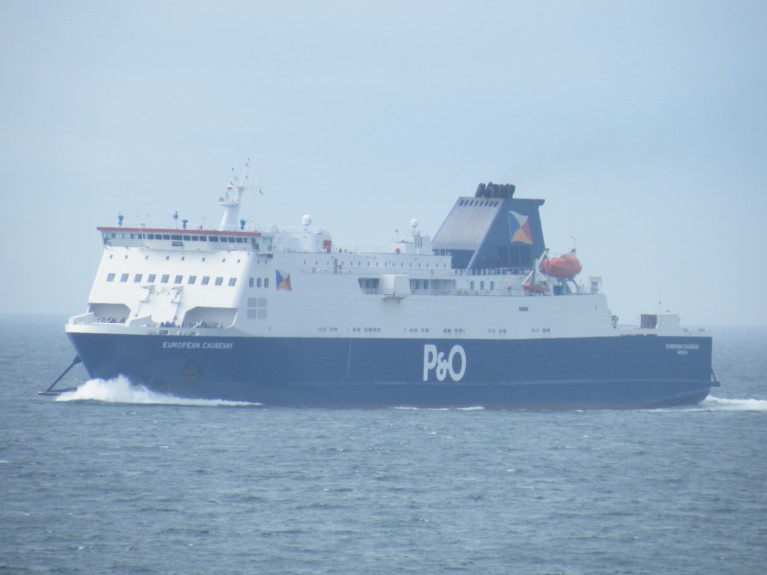Displaying items by tag: lost power
A ferry operated by P&O which was sailing from Scotland to Northern Ireland has regained power after spending hours adrift in the Irish Sea.
The European Causeway, which can carry up to 410 passengers, has docked at Larne Harbour.
It left Cairnryan at about 12:00 BST and was due to arrive at Larne Harbour at 14:00 but got into trouble at 13:30.
P&O said the incident was caused by a "temporary mechanical issue" that had been resolved and a full independent inspection would take place at Larne.
It returned to port "under its own propulsion, with local tugs on standby, where it will discharge its passengers and cargo as planned," said a P&O spokesperson.
No injuries have been reported and the Maritime and Coastguard Agency (MCA) told the BBC there were no concerns over the safety of passengers.
P&O has experienced difficulties in the last few months, having sacked 800 of its workers across the UK without notice.
Last week, a report recorded 31 failures, including an inability to safely deploy lifeboats or life rafts, on the ferry.
More from BBC News on the North Channel incident.
























































